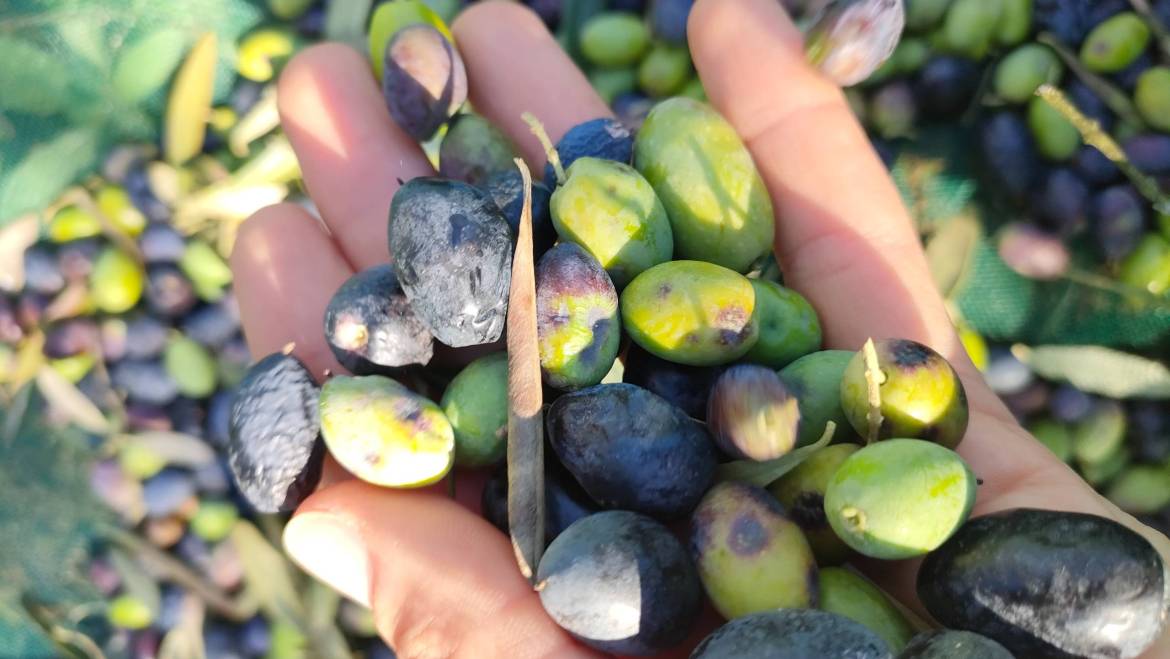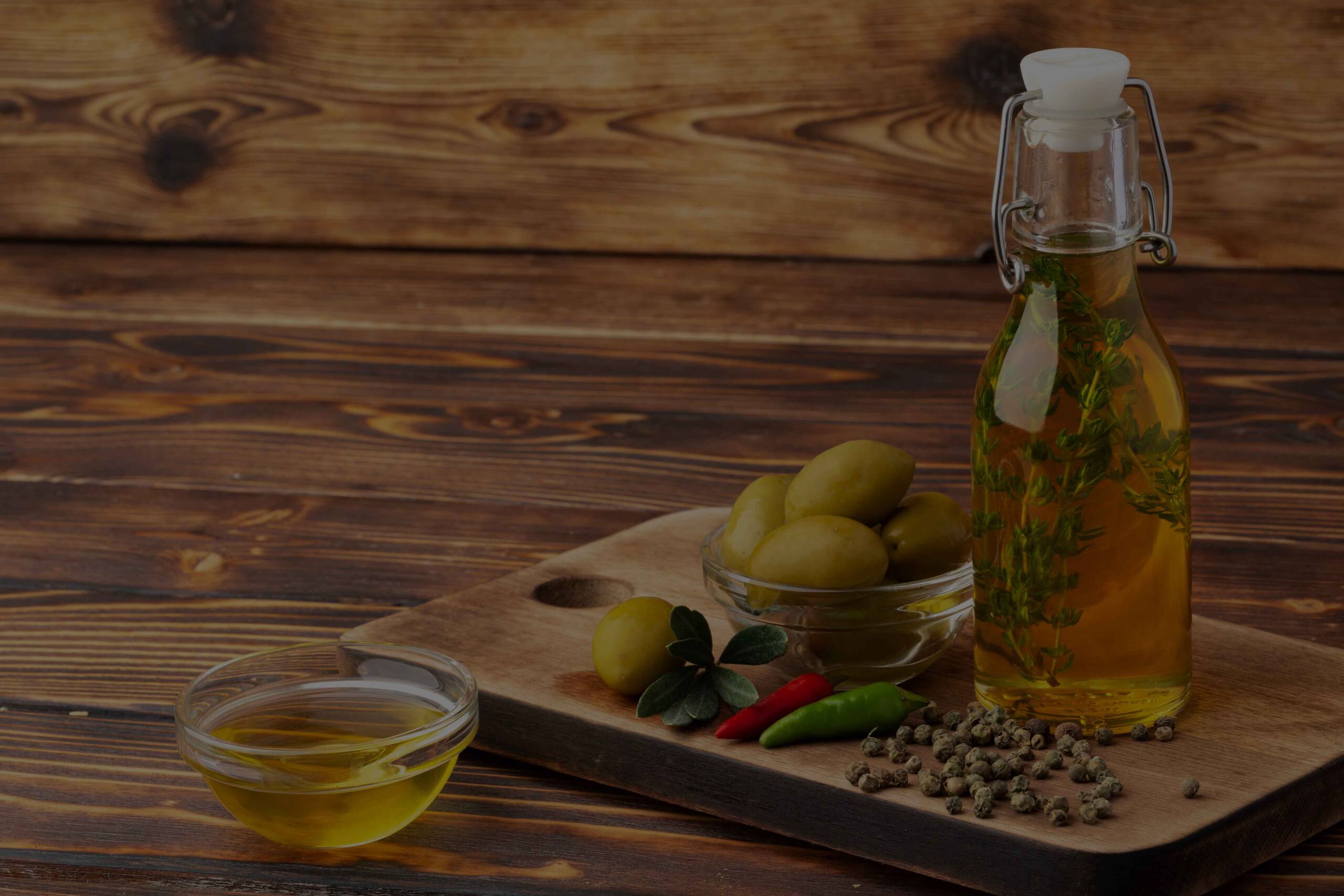Olive oil, often referred to as “liquid gold,” is cherished worldwide for its exceptional flavor, health benefits, and versatility in the kitchen. But have you ever wondered how this precious oil is actually made? The process of producing olive oil is a fascinating journey that involves careful cultivation, precise harvesting, and meticulous extraction techniques. Join us as we unveil the steps involved in creating this culinary treasure known as olive oil.
- Cultivation and Harvesting:
The process begins with the cultivation of olive trees, which thrive in Mediterranean climates. These evergreen trees require specific soil conditions, ample sunlight, and moderate temperatures to grow and produce high-quality olives. Pruning and regular maintenance ensure healthy tree growth and optimal fruit production.
Olive trees typically start bearing fruit after a few years of growth. The ripening period of the olives is a critical factor in determining the flavor profile and quality of the resulting oil. Harvesting is usually done manually or with the help of machines that gently shake the branches, causing the olives to fall onto nets or collection sheets. Timing is crucial, as olives that are harvested at different stages of ripeness will yield different flavors and characteristics.
- Sorting and Cleaning:
After harvesting, the olives are carefully sorted to remove any leaves, twigs, or impurities. This is typically done using a combination of manual sorting and mechanical equipment. Thorough cleaning ensures that only the highest quality olives proceed to the next stages of production.
- Crushing and Grinding:
Once the olives have been sorted and cleaned, they are ready for the next step: crushing and grinding. Traditionally, olives were crushed using large stone mills, but modern methods employ stainless steel or granite mills to crush the olives into a paste. This paste consists of a mixture of olive pulp, skin, and pits.
The crushing process must be gentle to avoid heating the paste, which could compromise the quality of the oil. Maintaining a low temperature ensures that the beneficial compounds and delicate flavors of the olives are preserved.
- Malaxation:
After crushing, the olive paste undergoes a process called malaxation. This step involves gently stirring or mixing the paste to help release the oil droplets from the olive cells. Malaxation allows the oil to separate more easily during the subsequent extraction process.
- Extraction:
The next crucial step is the extraction of the oil from the olive paste. There are two primary methods used: traditional pressing and modern centrifugation.
Traditional Pressing: In this method, the olive paste is spread on fiber disks or mats and stacked to create a “press cake.” Hydraulic presses are then used to apply pressure, squeezing out the oil. This method is time-consuming but is still employed in certain regions for its traditional charm and distinctive flavors.
Centrifugation: The most common method used today is centrifugation. The olive paste is placed in a centrifuge, which spins rapidly to separate the oil, water, and solid components. The resulting mixture is then passed through a separator to extract the oil, leaving behind the water and other impurities.
- Filtration and Storage:
After extraction, the oil undergoes filtration to remove any remaining sediment or impurities. Filtration methods vary, with some producers opting for traditional techniques using natural materials such as cotton or cellulose filters, while others use modern filtration systems.
The final step is storing the oil under controlled conditions to ensure its quality and longevity. Proper storage protects the oil from light, heat, and oxygen, preserving its flavor and nutritional properties.


